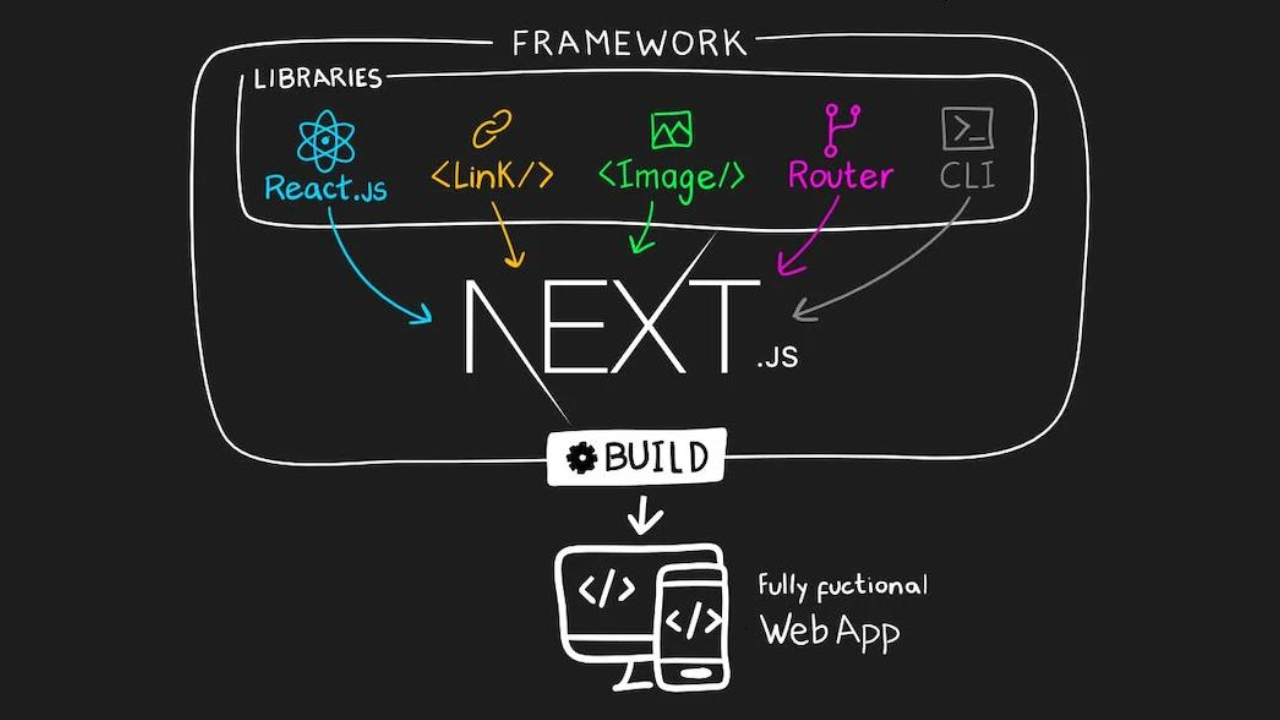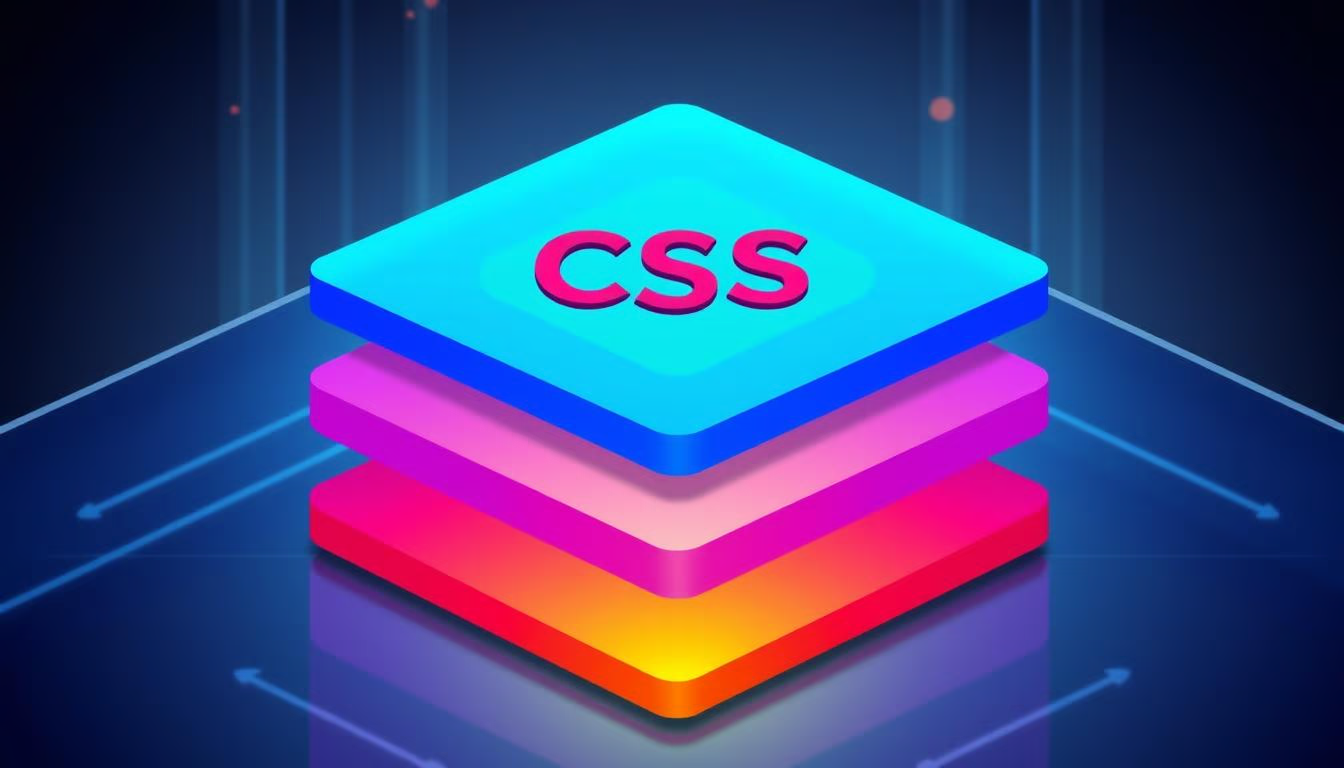
Top IT companies in Gujarat
October 24, 2024
October 7, 2024

In the digital era where immediate access and seamless interaction define user experience, Next.js and React.js stand out as pivotal technologies. React.js revolutionizes the creation of interactive user interfaces, while Next.js extends React's capabilities to include server-side features that optimize performance and enhance SEO. This comprehensive guide delves into how these two technologies work in tandem to empower developers to build cutting-edge web applications.
React.js, developed by Facebook, is a declarative, efficient, and flexible JavaScript library for building user interfaces. It enables developers to create reusable UI components that manage their own state, thus facilitating the development of complex interfaces.
Next.js is a React framework that enables functionalities like server-side rendering and static website generation, which are crucial for enhancing app performance and improving SEO.
getStaticProps, getServerSideProps, and getStaticPaths, giving developers the freedom to choose the best strategy for each use case.Integrating Next.js with React enhances application architecture with benefits from both technologies. This combination is ideal for developing high-performance applications that require both server-side capabilities and client-side interactivity.
| Feature | React.js | Next.js | Benefits |
|---|---|---|---|
| Rendering | Client-side | Server-side + Client-side | Faster initial load, SEO improvement |
| Routing | Client-side routing | Filesystem-based routing | Simplified page-based routing |
| Data Fetching | Manual setup required | Built-in methods | Optimized data handling for SSR/SSG |
| SEO | Requires additional setup | Optimized out of the box | Better search engine visibility |
These technologies are not just theoretical; they have practical implications across various sectors:
Developers can further optimize their Next.js and React applications by leveraging additional configurations:
While powerful, using Next.js and React.js comes with challenges such as complex state management and SEO optimization for dynamic content. Best practices include:
Next.js and React.js are formidable tools for modern web development, offering robust solutions for building efficient, user-friendly, and fast-loading applications. Their combined power enables developers to tackle complex projects with confidence.
Discover how Nexowa can transform your web development strategy with Next.js and React.js.

Top IT companies in Gujarat
October 24, 2024

Hire a Dedicated App Developer: Build Your App Today
October 24, 2024
-1729776429043.avif?alt=media&token=2affca87-dade-4f14-94cb-2c2416a8238d)
What is Angular? Superior Web Development, Performance & Benefits
October 24, 2024

Building a Tech Stack for Growth: Tools and Technologies Driving Business Expansion
October 15, 2024
-1729777074986.avif?alt=media&token=c8b8bf65-87d3-47d8-b990-3ff1929ea86f)
Amazing Tech: Is AI-Powered App Development with FlutterFlow the Future?
October 15, 2024

What is CSS nesting?
October 15, 2024